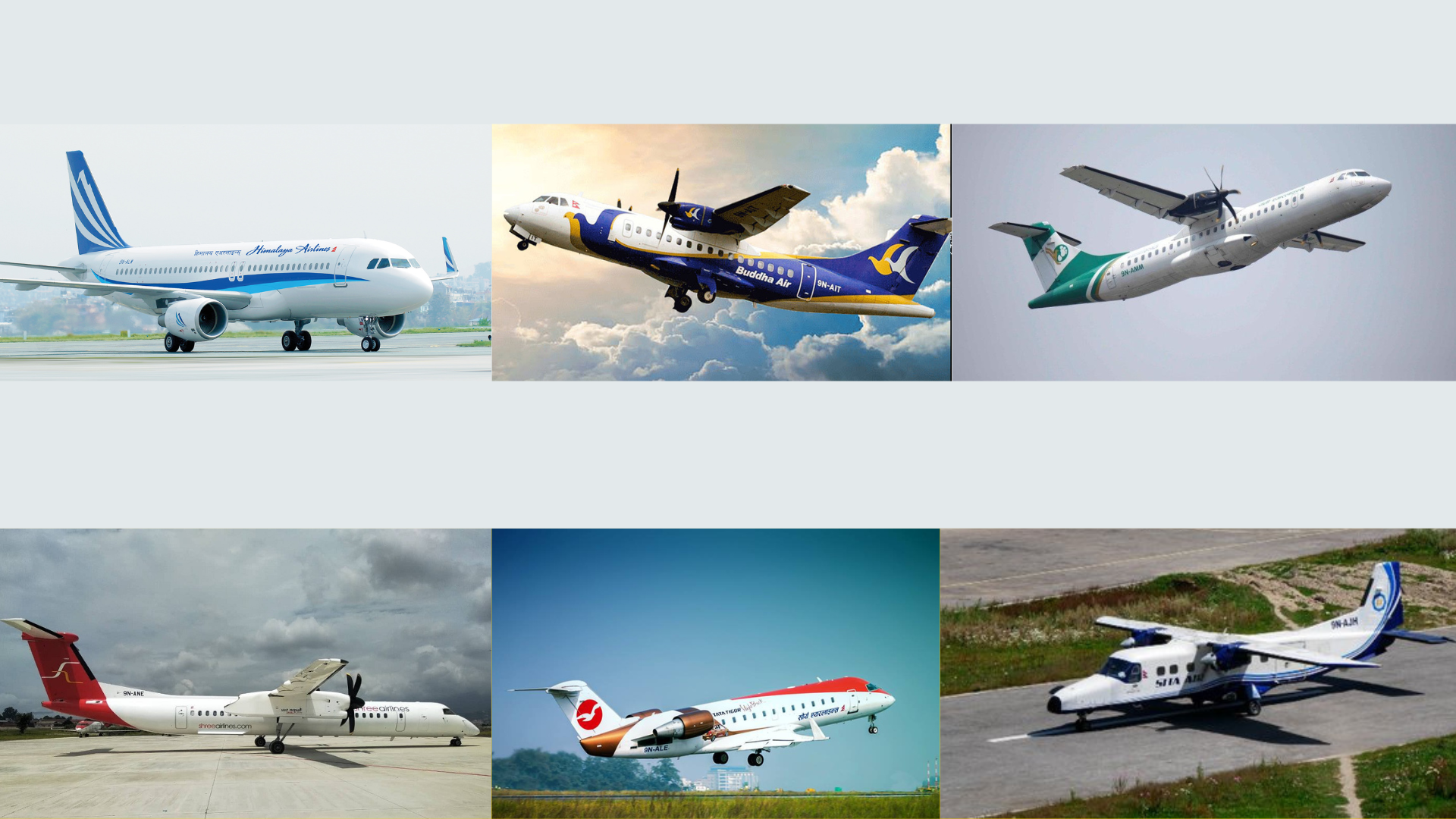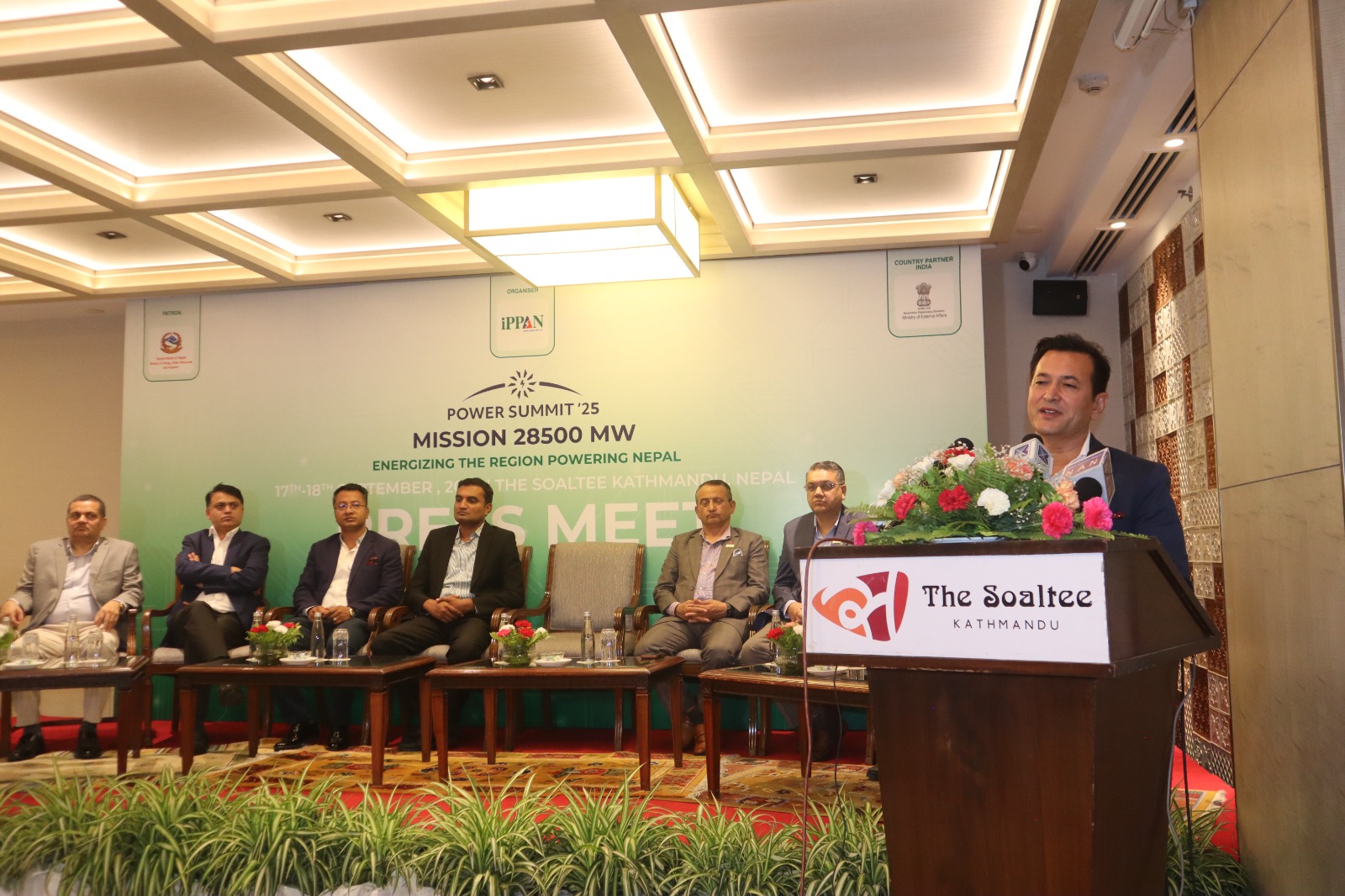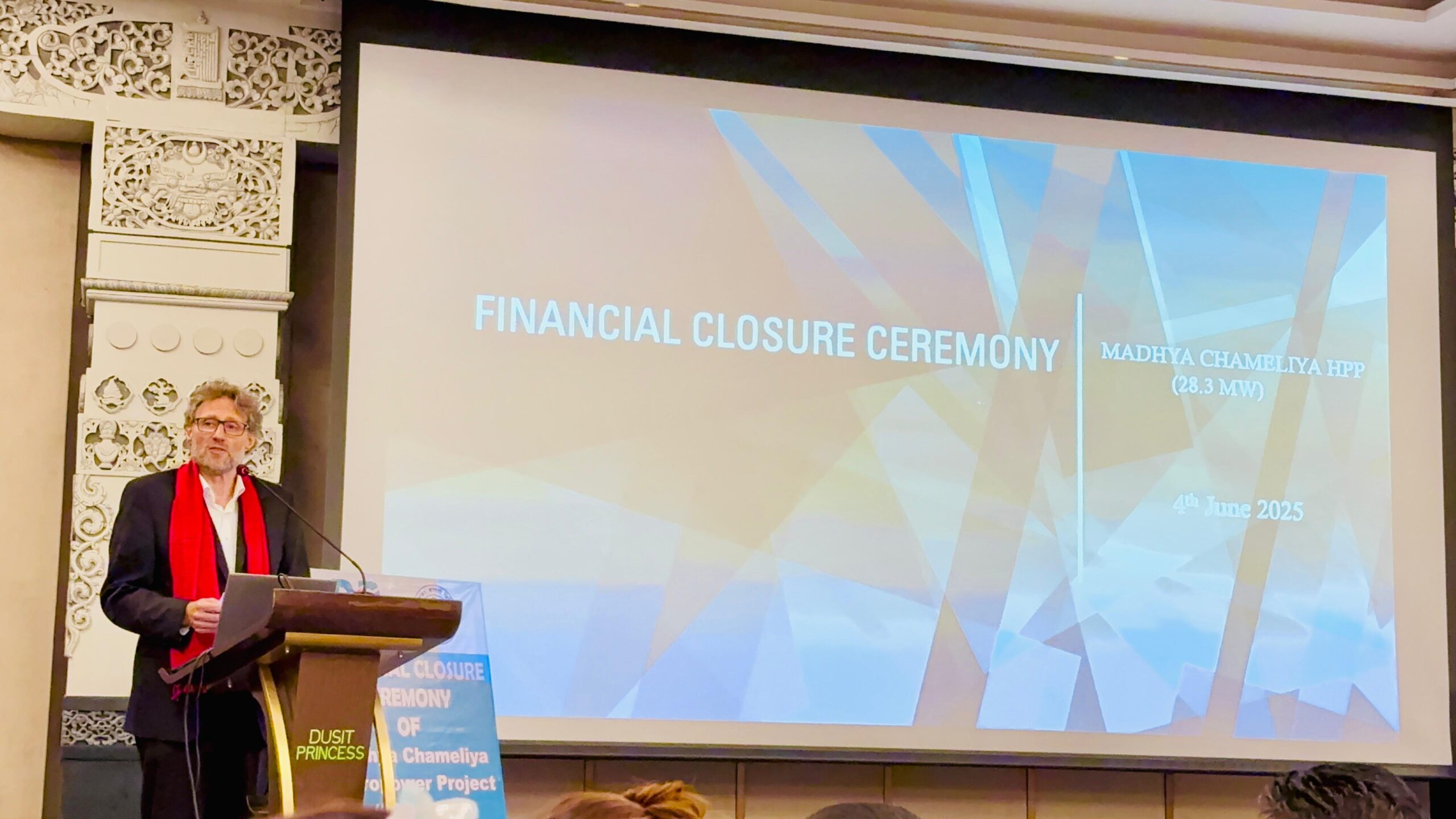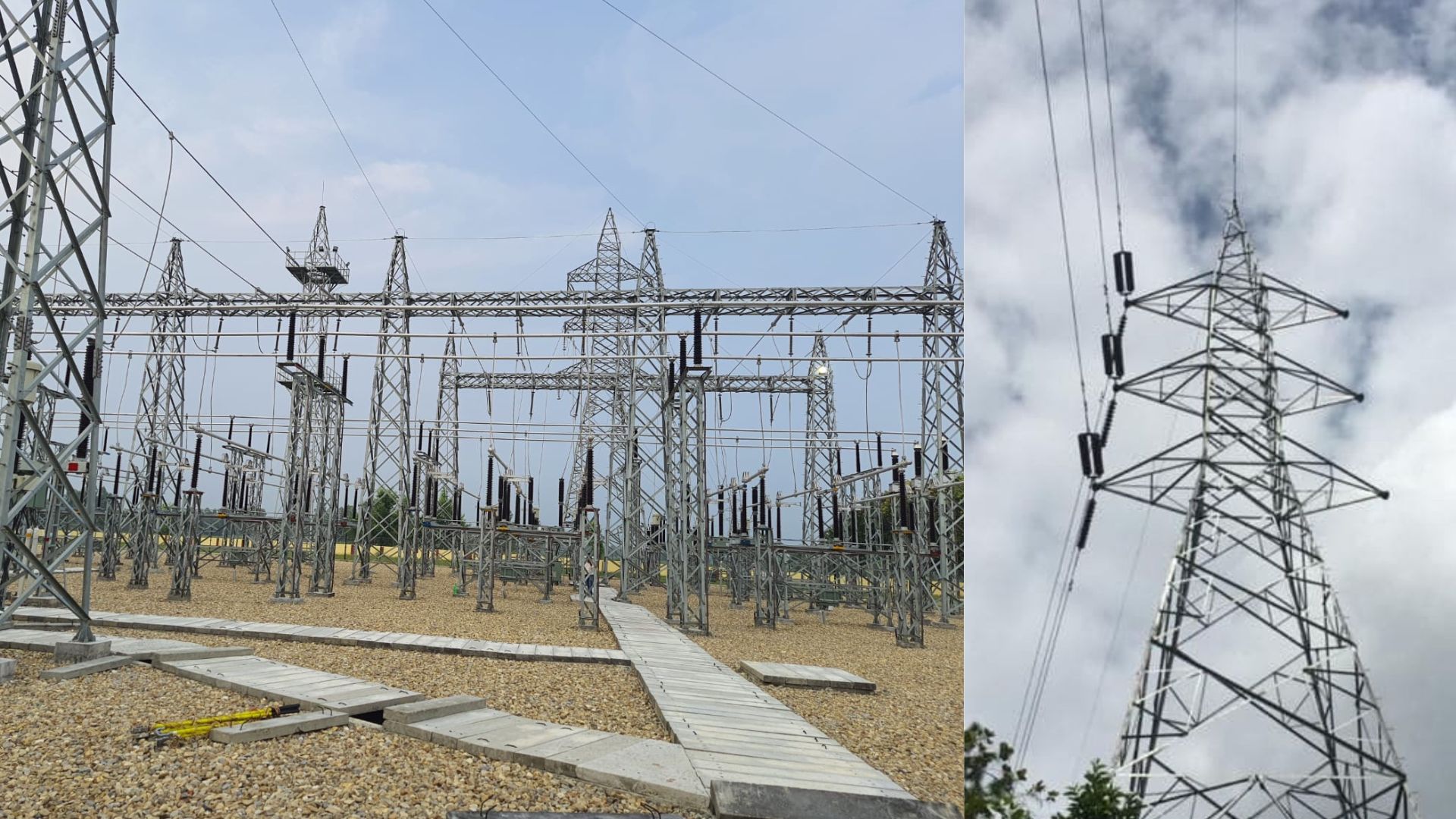
 KATHMANDU: The year 1949 marked the beginning of the era of Nepal’s aviation sector when the four-seater Bonanza Beechcraft landed in Kathmandu. About four dozen airline companies- both domestic and international, are active in Nepal. During its history of about 73 years, a period of the last three decades is crucial when the country witnessed massive growth in the aviation sector led by private players. The economic liberalization policy pursued by the government following the restoration of democracy in Nepal in 1990 paved the way for the ‘open sky policy that envisages opening up this sector for private actors.
KATHMANDU: The year 1949 marked the beginning of the era of Nepal’s aviation sector when the four-seater Bonanza Beechcraft landed in Kathmandu. About four dozen airline companies- both domestic and international, are active in Nepal. During its history of about 73 years, a period of the last three decades is crucial when the country witnessed massive growth in the aviation sector led by private players. The economic liberalization policy pursued by the government following the restoration of democracy in Nepal in 1990 paved the way for the ‘open sky policy that envisages opening up this sector for private actors.
The monopoly of the state-owned Nepal Airlines (then Royal Nepal Airlines) ended with the entry of private sector airlines that offered better and more reliable services. The ‘National Aviation Policy 2050’ which opened up the aviation sector for private companies, is the key milestone for the growth of this sector.
This policy not only opened the operation of private airline companies for commercial operation but also allowed them to operate international flights. Helicopter service has also been liberalized to encourage private operators. Hundred of billions of rupees has been invested so far with the entry of private airlines making a significant contribution to employment generation and national revenue.
Although the pioneering private airlines Nepal Airways, Necon Air, and Everest Air were closed due to bad management, successive airlines could establish themselves in the market by offering reliable services. Buddha Air and Yeti Airlines which were established in 1997 and1998 respectively have become the gamechanger in Nepal’s aviation sector. Encouraged by their successful operation, Mountain Air, Shangrila, Agni, Sita, Sri Airlines, Summit, Sourya, and among other airlines started operations. Helicopter service has also expanded significantly during this period.
However, private companies have complained that the government has not been completely generous towards the private sector, which has played an important role in the growth of Nepal’s aviation sector. Their main complaint is that the government failed to fully implement the aviation policy.
What does aviation policy envisage?
‘The National Aviation Policy 2050’ was introduced with the aim of developing a strong, efficient, competent, and accessible air transport service by developing necessary infrastructures. The policy envisages supporting the development and promotion of tourism in countries the development, expansion, and promotion domestic aviation sector encouraging healthy competition. Apart from this, the policy includes programs targeted to develop and expand airports in remote areas and make air transport reliable and safe.
Weak implementation of aviation policy
Although the government has adopted an open skies policy, private airline operators complain that this policy has not been effectively implemented in the development of air routes. “The administrative hassle is the same. The government seems to be only revenue-oriented. That is why the private sector has not been able to make as much progress as expected in the aviation sector,” says Sudhir Mittal, president of Sri Airlines.
Stating that the expansion of air service is inevitable in Nepal’s difficult geographical structure and poor road access, Mittal emphasizes that the government should effectively follow the open-air policy for the sustainable development of this region.

“The administrative hassle is the same. The government seems to be only revenue-oriented. That is why the private sector has not been able to make as much progress as expected in the aviation sector”
Some people also blame poor technology and lack of manpower management for the private sector’s lagging behind. Rupesh Joshi, head of the Sales and Marketing Department of Buddha Air, the largest private airline company in Nepal, says, “In our geographically divided country, air transport is the simplest way to connect the hilly and mountainous areas, but due to the lack of technology and the lack of skilled manpower and infrastructure, this sector cannot flourish as expected.” For this, the regulatory body should facilitate and monitor the effectiveness, he adds.
In recent times, road expansion has been considered to be safer and more reliable than the land route, as the geographical structure is difficult and the roads have not been maintained properly.

“In our geographically difficult country, airspace is the simplest way to connect mountains and mountainous regions, but due to the lack of technology and the lack of skilled manpower and infrastructure, this sector has not been able to make progress as expected”
With the growth of investment in the aviation sector, the number of passengers is also increasing. Sudarshan Bartaula, says that with the entry of the private sector into this sector, government airlines have been under pressure to become competitive. Bartaula also agrees with the fact that despite the expansion of investment in this sector, the development of infrastructure has not been developed in the required amount. He also expressed dissatisfaction over the weak implementation of aviation policy.

“Political interference, there is a tendency to build an airport as an election slogan, the technical side of the aviation sector is not looked at, the implementation side of it should be strengthened. Basically, the lack of effective implementation of the aviation policy is an irony for the aviation sector”
He says that Nepal’s civil aviation sector will accelerate only if the government implements the aviation policy effectively. “There is a tendency to build airports with political interference and election slogans, the technical aspect of the aviation sector is not looked at, its implementation aspect should be strengthened.”
The Ministry of Culture, Tourism and Civil Aviation states that out of the total 72 airports including 2 international airports in Nepal, 35 airports are in operation. Currently, 26 international airlines and 20 domestic airlines are operating in Nepal, according to the Civil Aviation Authority.
Private sector- the gamechanger
Bataula, the spokesperson of Yeti Airlines, says the entry of the private sector has brought about a big change in Nepal’s aviation sector. The entry of the private sector into domestic and international flights has put pressure on the state-owned Nepal Airlines to become stronger. Nepal Airlines is struggling to protect its declining reputation due to political interference and a lack of sustainable plans in internal management.
“The entry of the private sector into the airspace has also played an important role in establishing easy communication between the provinces, says Joshi, Head of Sales and Marketing of Buddha Air, “It is a very big change in the air service,” says Joshi.
Airlines have started to operate daily flights from airports located out of the capital.

“There was a situation where we had to fly from Kathmandu and bring passengers out of the capital. Recently, with the arrangement of parking of aircraft in airports outside the capital, there has been more traffic in those airports, while management has become easier in Kathmandu”
Purna Chudal, who is managing the internal terminal of Tribhuvan Airport, which handles an average of 15,000 passengers daily, says that the effectiveness of the flight has increased with the start of the first daily flight from Mofasal.
“There was a situation where we had to fly from Kathmandu and bring passengers out of the capital. Recently, with the arrangement of parking of aircraft in airports outside the capital, there has been more traffic in those airports, while management has become easier in Kathmandu,” says Chudal.
Rajan Pokhrel, former Director General of the Civil Aviation Authority, says that the entry of the private sector is developing the air sector in Nepal in a quality and competitive manner.
“Entry of private sector has brought an increase in employment, increase in revenue, ease of travel,” says Pokharel.
He mentions that despite the limited means and resources, the competitiveness of the Nepal Airlines Corporation is increasing, and the expansion and income of the Civil Aviation Authority of Nepal are increasing and contributing to the construction of the infrastructure of the airport.

“Entry of private sector has brought an increase in employment, increase in revenue, ease of travel”
Just as the aviation policy introduced in 2050 contributed to a big leap in the aviation sector in the country, effective implementation of the provisions envisioned by this policy has become indispensable to make this sector more dynamic.









